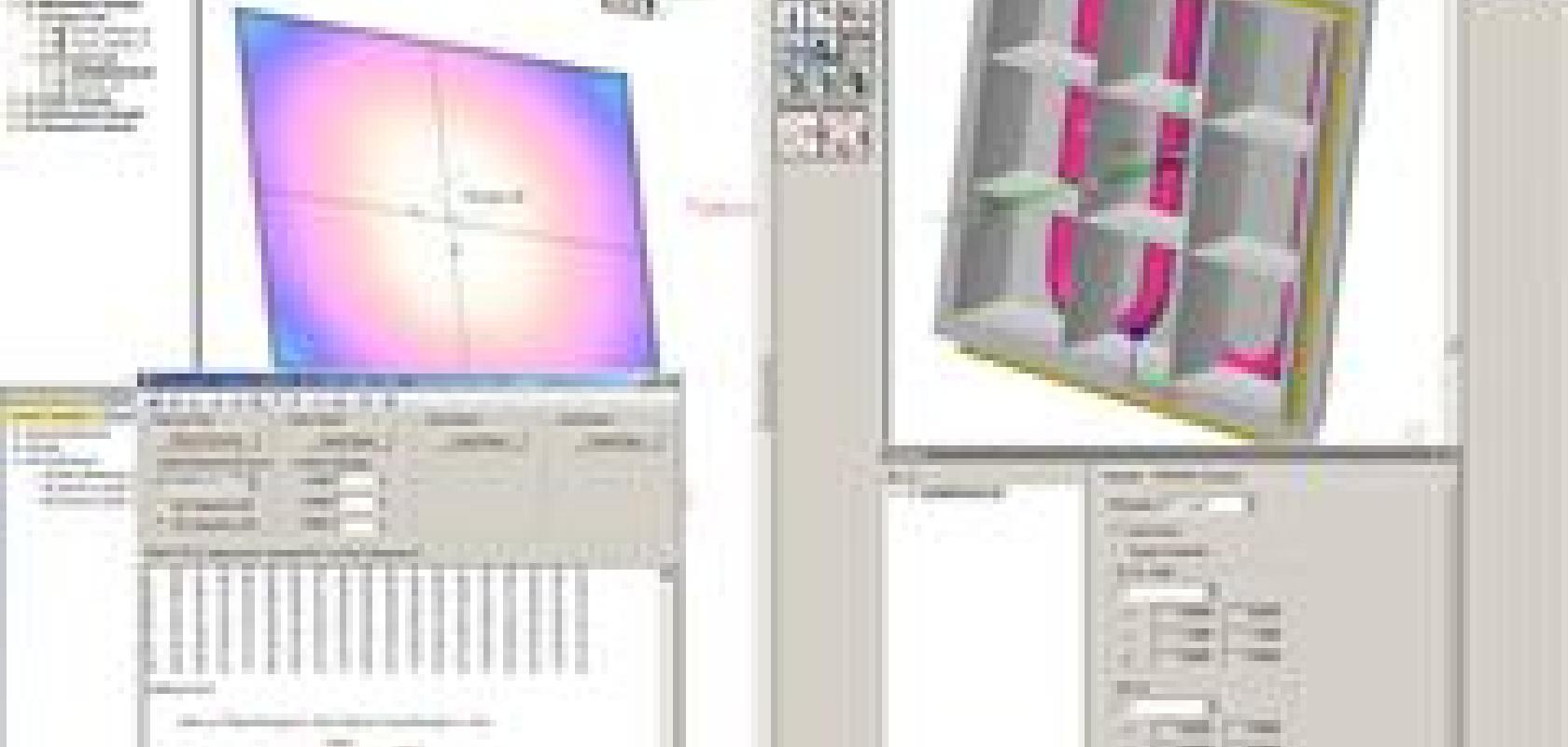Synopsys has announced the availability of enhancements to its LightTools illumination design and analysis software. LightTools version 7.1 delivers new analytical capabilities that speed the development of luminaires, particularly for general lighting and automotive applications. In addition, new user interface features maximise both working area and flexibility to help boost designers’ productivity throughout the design and verification process.
‘With version 7.1, LightTools continues to deliver significant new enhancements to assist designers in visualising and optimising luminaire performance,’ said George Bayz, vice president and general manager of the Optical Solutions Group at Synopsys. ‘Powerful new analysis features, combined with a more flexible user interface, will help accelerate the process of validating a system’s colour quality, light distribution, and other key performance metrics.’
LightTools 7.1 adds support for IES photometry types A and B for orienting intensity data for both far-field and surface receivers. This simplifies the analysis of sources with non-rotationally symmetric output, such as automotive headlamps, tail lamps and interior lighting. In addition, the software contains a utility for automatically generating photometric reports in the standardised IES format; IES indoor, flood and road report types are all supported.
A new analysis feature lets users superimpose illuminance data on any user-defined plane in the 3D model, helping them quickly understand the shape and orientation of the distribution across a receiver relative to the model geometry. A new CIE colour difference capability provides a mechanism for calculating and optimising spatial or angular colour differences in a system. This analysis is useful for designers whose goal is to produce an even colour distribution across an entire display for applications ranging from flat panel displays and projectors, to display backlights and LED-based luminaires.
Improvements have also been made to the user interface, providing new ways to organise and maximise desktop workspace. Specifically, 3D design views and analysis charts are now presented in tabbed or floating windows. This gives users the flexibility to make a 3D view as large as desired, while still having rapid access to other windows via tabs. Dialogue boxes, such as properties and preferences, can be moved outside the LightTools window to a second monitor, if available.


